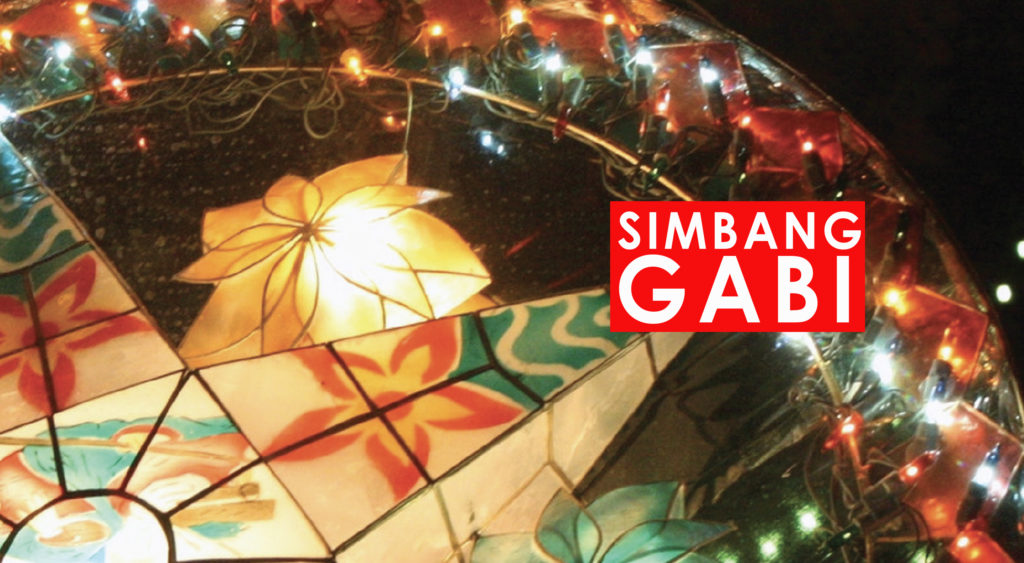As I have done at some parishes in previous Advents, this year I am celebrating Masses for Simbang Gabi with the Filipino communities at St. Bede, Williamsburg; St. Luke, Virginia Beach; and St. Pius X, Norfolk.
Simbang Gabi originated in 1669 as missionaries in the Philippines celebrated “night Masses” – the literal meaning of Simbang Gabi – for farmers before sunrise during planting season on each of the nine days prior to Christmas Eve. Participants would travel to their local churches or open spaces, carrying paróls – star-shaped lanterns that would light the way for the pilgrims. Each of these novena Masses would be followed by a meal as the worshipers prepared to work in the fields that day.
The joys experienced during the planting season are similar to the penitential nature of Advent. The Scriptures throughout this season emphasize the preparation of our hearts for the coming of Christ, anticipating his glorious Incarnation and then his coming in time.
Simbang Gabi expresses in a good way the dual nature of Advent – a time of interior preparation and penance, as well as the external joy that is part of the anticipation we experience in welcoming the Christ child. The purple vestments worn during liturgies reflect the former while the white vestments worn during the Simbang Gabi celebrations highlight the latter.
The psalmist reminds us that those who sow in tears will reap with cries of joy; those who go forth weeping, carrying sacks of seed, will return with cries of joy, carrying their bundled sheaves (Ps 126:5-6). Simbang Gabi melds the cultural experience of planting and harvest with the spiritual experience of Advent.
The secular culture’s insistence on beginning the “Christmas season” soon after Labor Day makes it difficult for us to strike the right balance when it comes to our observance of Advent. We struggle for the right tone.
There is a strong push liturgically to keep all decorations out of our worship spaces, to make sure Advent is truly a time of waiting and watching. Unlike the wider culture in which the celebration is front loaded prior to Christmas and abruptly shut down on Dec. 26, Advent encourages us to cultivate our preparation with patience and penance, e.g., the Simbang Gabi novena, and to transition into the Octave of Christmas.
The Church helps us with that transition from the penitential to the celebratory when we celebrate Gaudete Sunday this Sunday. The liturgical color can change from purple to rose and the readings from the prophet Isaiah and St. Paul emphasize rejoicing. At the same time, the Church’s Liturgy of the Hours includes daily praying of one of the O Antiphons that express our hope for the Nativity.
We have such joy in the anticipation of Christmas that we can’t help but start the celebrations early. There’s something very human about that. It’s like children who want to peek beneath the wrapping on presents before Christmas yet defer as their joy in anticipating their opening mounts.
It is fitting that we can incorporate Simbang Gabi into the rich tapestry of practices and experiences during Advent. While there is this inner contrast that occurs liturgically and spiritually, Simbang Gabi, like observances in other ethnic communities, helps us to look at Advent with balance.
This is a time of spiritual planting, sowing seeds of virtue – patience, hopefulness and interior transformation – so that we can appropriately and effectively be instruments of peace when we celebrate Christmas.

